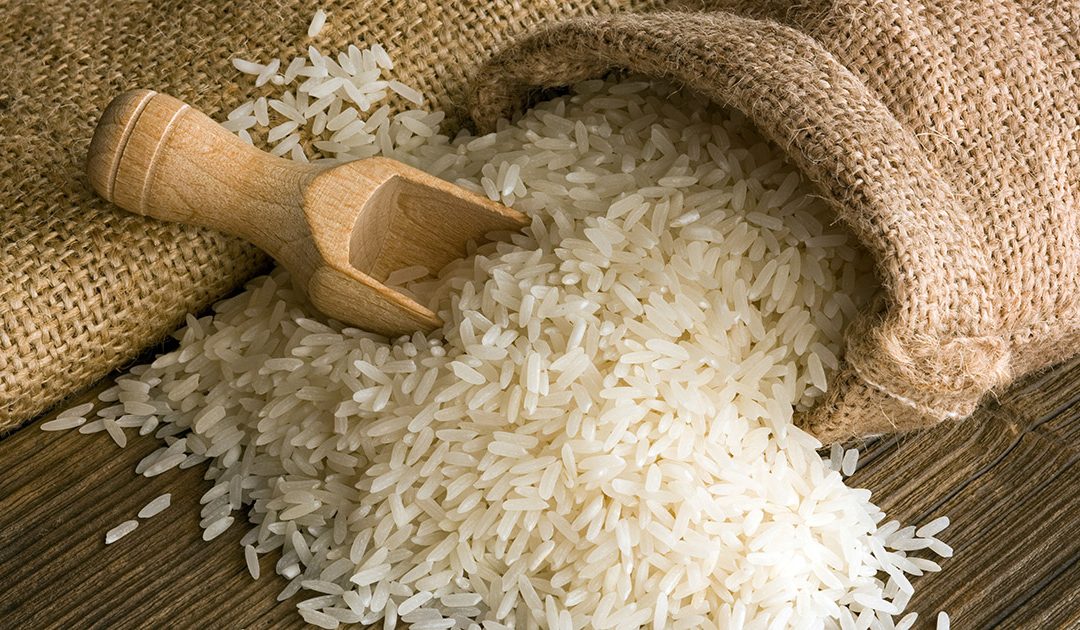You’ve perhaps heard the story of the winner of a game of chess who when asked by the king what he wanted as a reward, said that he would like 1 grain of rice on the first square, 2 grains of rice on the second, 4 grains of rice on the third, and double the grains on the next squares. Foolishly, the king agreed and was beaten.
Why was the king foolish? It doesn’t sound like much, but that’s a lot of rice.
Do the math.
First row: 1, 2, 4, 8, 16, 32, 64, 128
Second row: 256, 512, 1024, 2048, 4096, 8192, 16,384, 32,768
Third row: 65,536, 131,072, 262,144, 524,288, 1,048,576, 2,097,152, 4,194,304, 8,388,608
And so on.
There would be 18,446,744,073,709,551,616 grains of rice on the 64th square.
To put that into perspective, one single grain of rice weights 0.029 grams.
This totals 534,955,578,137,576,996 grams of rice. Divide by 1000 to get kilograms: 534,955,578,132. Divide by another 1000 to get metric tons (tonnes): 534,955,578
Consider that in 2009, world production of rice was 678 million tonnes. This chess story dates back many thousands of years, so the amount of rice represented would have been many times the yearly production of rice worldwide.
Ouch.
Good to know your math.


Recent Comments